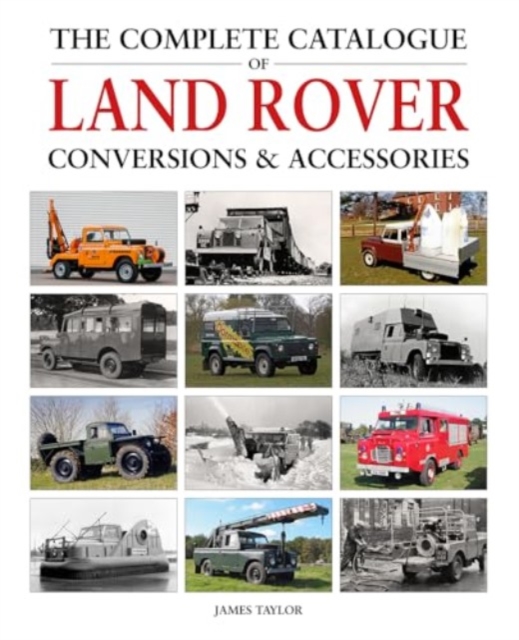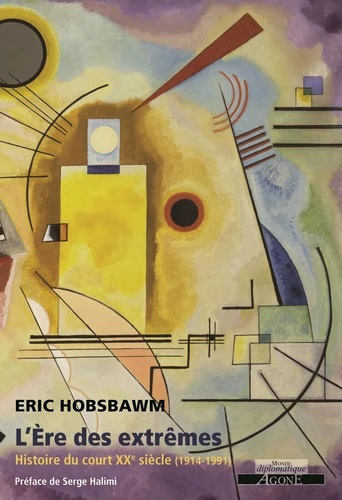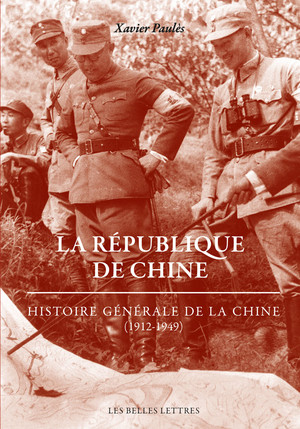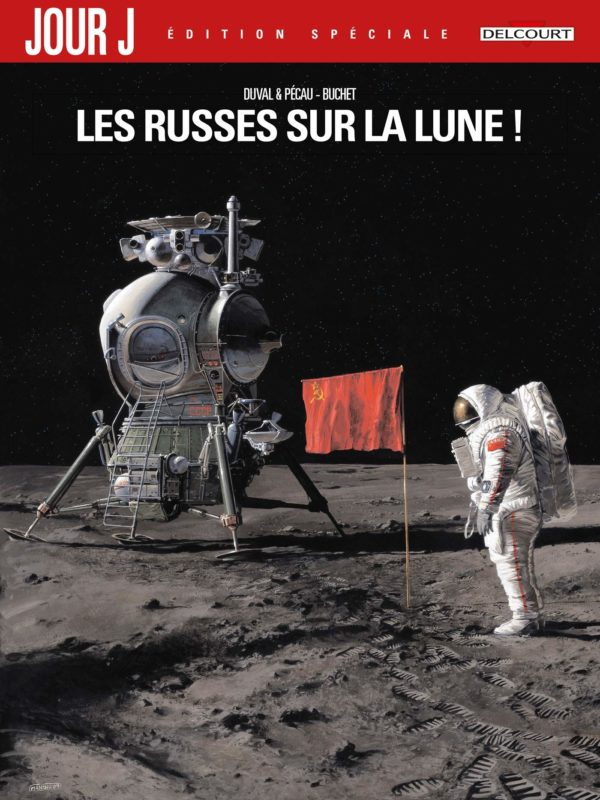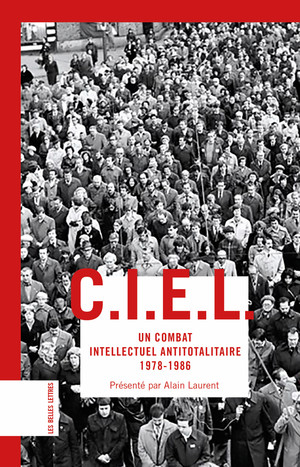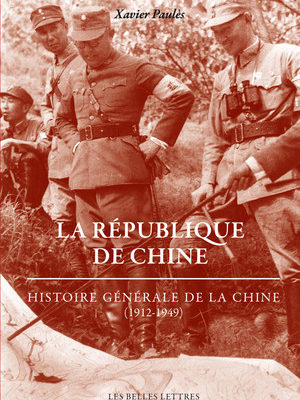Résumé
When the Land Rover entered production in 1948, its manufacturers had designed it as a versatile platform – a basically-equipped vehicle that could be adapted inmultiple ways to meet the needs of its owners. The very first example display edon a motor show stand, at Amsterdam in April 1948, was not a “standard” vehicle at all but had been adapted to turn it into a mobile welder. In the yearsthat followed, specialist companies flocked to create all kinds ofspecial-purpose adaptations of the basic vehicle, and before long its makerswere having to make major decisions about whether they could honour thestandard warranty on a Land Rover that had been modified by one of theseaftermarket companies.
They solved the problem by introducing a Land Rover Approval scheme, under which they would examine and test an example of a conversion and would then agree to honour the vehicle warranty if the conversion met their standards. Even then, some conversions were put on the market without going through the formal approval scheme, and buyers simply took the associated risk. Between these unauthorised conversions and the factory-approved ones, a vast array of different types was created, and for enthusiasts today these have a very special appeal of their own.
The aim of this book is to catalogue those conversions, to provide both helpful background information and to help in their identification. It cannot claim to be exhaustive, but it is certainly the most complete illustrated catalogue yet compiled on the subject. Illustrated with pictures from the original manufacturers and with many others showing modern survivors, it is a colourful and enjoyable guide to this branch of Land Rover history.
Ouvrage de James Taylor (Author)
Détails produit : livre relié sous jaquette, livre en anglais, 9781914929090, 500 illustrations NB et en couleurs, livre neuf, disponible sous 15-20 jours.

